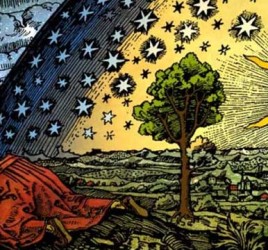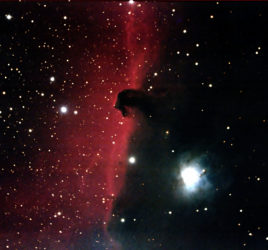
Lahaina Noon is Uniquely Hawaiian in the United States
The State of Hawaii is in the tropic zone and experiences Lahaina Noon twice a year.
The tropics extend 23.5-degrees north and south of the equator. Specifically, for the Big Island at 19-degrees north latitude, due to the Earth’s tilt, the Sun will appear to move north to 23.5-degrees latitude in the first half of the year culminating on the Summer Solstice in June. The Winter Solstice is in December when the Sun moves south to -23.5-degrees latitude in the second half. The Sun will be directly at the zenith on the Big Island around May 18 and again around July 24. On those two dates, the Sun will cast shadows directly underneath an object at local solar noon. The term Lahaina Noon was coined by Bishop Museum for those dates. It means “Cruel Sun”. During the intervening time, the Sun is north of the island and shadows will be cast to the south. Things like vertical telephone poles may have no visible shadow at all at local noon.
Hawaii is the only State in the USA to experience Lahaina Noon.
Out of the 50 states, only Hawaii is in the tropics. The 49 other states are far north of the tropics and the Sun never passes north of them at any time. In those places, shadows always are cast to the north of objects all year and all-day long. In Hawaii, wayfinding rules for non-GPS navigation must take this shift in shadow direction into account between those two Lahaina Noon dates.
Polynesian Celestial Navigation
Polynesians navigated by the stars, Sun, wind and waves. Neolithic cultures are tightly connected to the motions of objects in the sky. They observed and learned the latitudinal aligned movement of stars. Navigators discovered that Arcturus was the marker for Hawaii’s 19-degree north location. Sirius is the marker for Tahiti’s 17-degree south location. Those stars latitude’s mark a 2600-mile distance north-south path between the islands. Hawaiians have several Heiau dedicated to marking the solar annual motion between summer solstice and the winter solstice. Their calendar is also linked to the heliacal rising of the Pleiades star cluster. The brightest stars in the sky are used as a star compass with their rising and setting points along the horizon being navigation markers. Tradewinds come out of the northeast in the northern hemisphere. Southern hemisphere switches tradewinds to the southeast. That is a major direction indicator for Polynesian navigators during daylight. The stars guided them by night.



